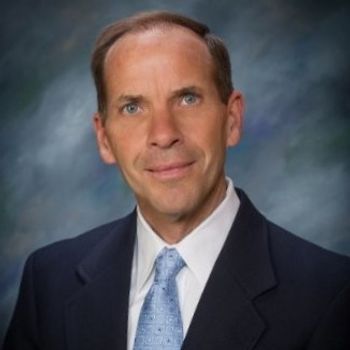
Doctors Who Go the Extra Mile
Larry I Wolk, MD: Keeping kids who need care from falling through the cracks
Doctors Who Go The Extra Mile
Larry I. Wolk, MD
Keeping kids who need care from falling through the cracks
Denver pediatrician Larry I. Wolk wears two hatsand some might say that one is black, the other white. In Wolk's day job, he's the senior medical director for Cigna HealthCare of Colorado. But his avocationand passionis Rocky Mountain Youth, a nonprofit organization that provides health care and other services to the area's uninsured children and adolescents. Wolk founded the organization in 1995 and serves as its CEO and medical director.
Rocky Mountain Youth evolved from the pediatrics practice Wolk opened seven years ago. Frustrated watching families attempt to navigate the bureaucracies of the public health system, he sought to develop "a private practice of public health"seeing as many uninsured children as he could handle in his daily practice by subsidizing their visits with money from his insured patients.
Now, 10 physicians and 14 NPs and PAs see about 30,000 children a year at more than 30 locations. Some of the doctors have left retirement to work for RMY for free; othersyoung physicians who can't donate their timegladly accept $45 an hour or less to work at RMY in their off hours. "A lot of doctors want to do this kind of work," Wolk says.
Funding comes from private foundations and individual donations, corporations, and some patient revenue through Medicaid and the State Children's Health Insurance Program. The clinics are held in traditional doctors' offices, vans, homeless shelters, and school buildings. "We've created clinics out of a room, a storage closetwherever we can find space," says Wolk. "Sometimes no sink is available, so we begin with a box of Handi Wipes."
The program has also spawned a range of services "beyond what a stethoscope and throat culture can do": a food bank, a clothing bank, and a literacy project. "Every child between 6 months and 6 years receives a new book," Wolk says. "It's so nice to give them books and not just shots."
In 1999, Wolk joined Cigna. He was motivated in part by the desire to "pay the mortgage and educate my four kids." But Wolk, who has a master's in public health, also saw the Cigna position as a challenge. "I'm interested in trying to make health systems workto bridge the gap between community practice and managed care," he says. "People who didn't know me said, 'Oh, you're going to the other side.' But it's been very stimulating." And he believes that each of his dual roles reinforces the other.
Cigna allows him to do his RMY work, including seeing patients on Wednesday afternoons. "I like the mix," he says. "When doctors yell at me that I don't know what it's like out there, I love to tell them about my work with RMY. Then they know I'll be fair and reasonable. And if I can help Cigna do a better job with its population, hopefully there will be fewer kids needing RMY."
At the same time, he uses his knowledge of the market to put together care plans for RMY patients. "We were asked to evaluate a girl from Russia with a seizure disorder, and we found a meningioma pressing on her brain. I put together the neurologist, surgeon, hospital, and pharmacy she needed for $6,000. Having a managed care background helps me negotiate in an educated way."
Though Wolk acknowledges that it took him a while to become comfortable with his diverse positions, he's clearly struck the balance. How many managed care executives come to work wearing a Charlie Brown tie?
~Anne L. Finger
Senior Editor
Anne Finger. Doctors Who Go the Extra Mile. Medical Economics 2001;7:111.
Newsletter
Stay informed and empowered with Medical Economics enewsletter, delivering expert insights, financial strategies, practice management tips and technology trends — tailored for today’s physicians.
















